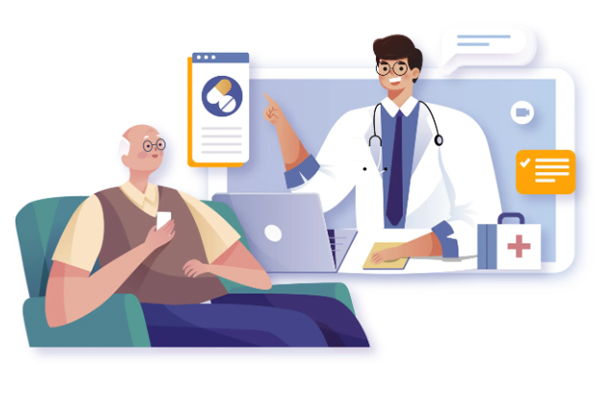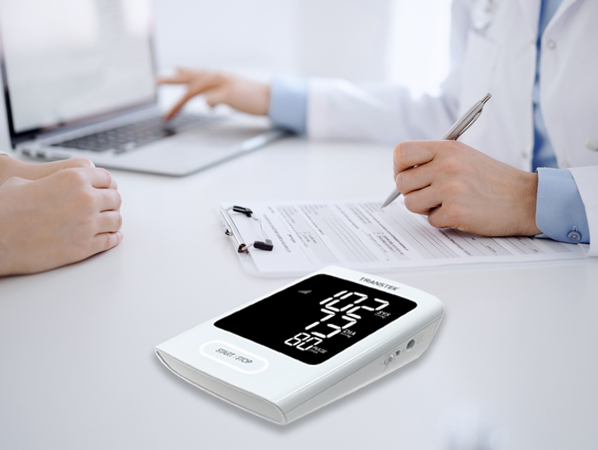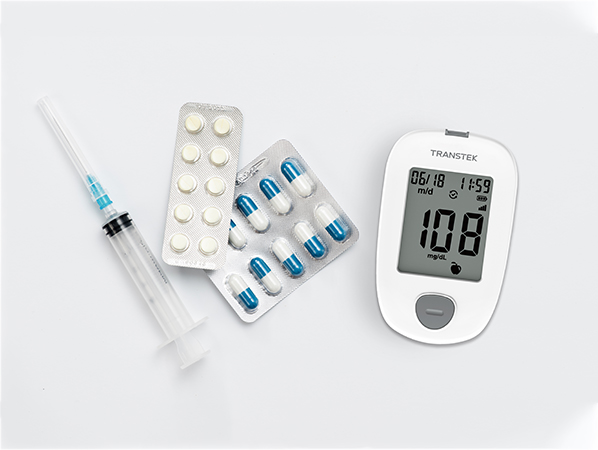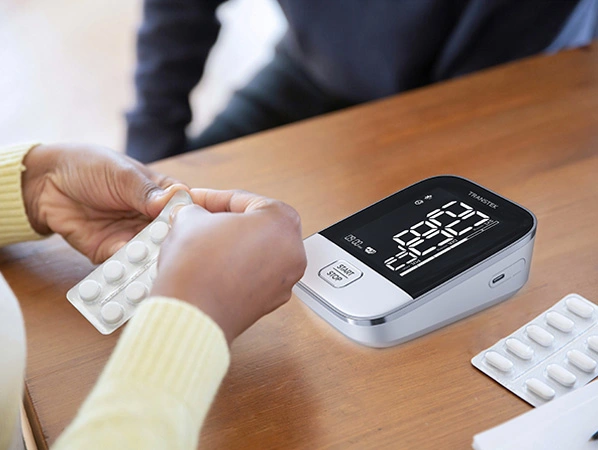Remote Patient Monitoring (RPM) is a transformative approach in the healthcare sector that utilizes digital technology to collect health data from individuals at one location and electronically transmit it to healthcare providers at different locations. RPM bridges the geographical gap between patients and healthcare providers, enabling care to be delivered beyond the confines of traditional healthcare facilities. The core of RPM involves three key steps:
Firstly, the collection of patient health data. This is where wearable technology plays a crucial role. Medical devices equipped with various sensors can track a range of health parameters, such as heart rate, blood pressure, blood sugar levels, oxygen saturation, and more. This data provides a comprehensive and continuous picture of the patient's health, something challenging to achieve in traditional clinical settings.
The second step is transmitting this data to healthcare providers. Medical devices use wireless connections to send collected data in real-time to healthcare providers. This transmission often occurs through intermediary devices like smartphones, which forward the data to the healthcare provider's system.
The final step involves healthcare providers analyzing and using this data. Using specialized software, the collected data is analyzed to monitor the patient's health, detect any anomalies, and provide information for treatment decisions. In some cases, artificial intelligence (AI) and machine learning algorithms are employed to identify patterns and predict potential health risks, facilitating proactive care.
Wearable technology has fundamentally transformed RPM, making it more efficient, convenient, and user-friendly. It promotes a shift from passive to proactive care, with an emphasis on prevention and early intervention. By providing real-time, continuous, and personalized health data, wearable technology enables healthcare providers to remotely monitor the patient's health, intervene promptly, and deliver more effective care.

Furthermore, wearable technology can enhance patient engagement in remote healthcare. By providing real-time feedback on their health status, wearable devices can encourage patients to actively participate in health management. This not only improves health outcomes but also increases satisfaction with remote healthcare services.
Founded in 2002, Transtek is committed to multiple health fields such as remote health and chronic disease management, providing customers with medical-grade "RPM devices" and "cloud services". Transtek also provides one-stop connectivity technology, device management, and fulfillment services for remote patient monitoring devices (RPM) providers.


